TAP> Conducting Organisational Needs Analysis
Course Purpose This unit standard is intended for people who are, or seek to be, specialists in human resources management. What you’ll learn This unit standard is intended for people who are, or seek to be, specialists in human resources …
Course Purpose
This unit standard is intended for people who are, or seek to be, specialists in human resources management.
What you’ll learn
This unit standard is intended for people who are, or seek to be, specialists in human resources management. Persons credited with this unit standard are able to analyse the current situation, determine and describe agreed present and desired organisational objectives, define the gap, make recommendations for bridging the gap and produce a written report of the results.
 Duration: 1 Day
Duration: 1 Day
Featured Course
Organisational Needs Analysis
Course Curriculum
Curriculum
- 4 Sections
- 19 Lessons
- 3 Days
Expanse all sectionsCollapse all sections
- Unit 1: Analyse the current situation.ASSESSMENT CRITERIA6
- 0.0The purpose of the analysis is established and confirmed with stakeholders.
- 0.1The method and scope of the analysis is planned thoroughly to ensure effective and efficient analysis.
- 0.2Sourced information is current, relevant and accurate. The information covers the entire planned scope of analysis.
- 0.3The method of analysis used is sufficient and relevant to accurately describe the present situation and meet the purpose of the analysis.
- 0.4Actions, processes and procedures are recorded to facilitate further interpretation and validation of the analysis.
- 0.5Different methods of analysis and data gathering are described in terms of their strengths, weaknesses, features and applications.
- Unit 2: Determine and describe agreed short and long term organisational objectives.ASSESSMENT CRITERIA3
- 1.0The objectives are verified with stakeholders as valid, current and complete. Key decision-makers are strategists and are included in the verification process.
- 1.1The objectives are recorded clearly to facilitate further interpretation.
- 1.2The role and importance of objectives are described within the context of the analysis taking cognisance of their function and value to the organisation.
- Unit 3: Define the gap and make recommendations for bridging the gap.ASSESSMENT CRITERIA4
- 2.0The gap is determined using an acceptable analysis technique appropriate to the context.
- 2.1The definition of the gap is consistent with the analysis of the current situation and objectives. All objectives found to be un-addressed are highlighted and described in terms of a need.
- 2.2The definition of the gap addresses the scope and purpose of the analysis, and facilitates further planning and decision-making.
- 2.3Recommendations of methods and scenarios for closing the gap are verified as reasonable, effective and comprehensive.
- Unit 4: Produce a written report of the results.ASSESSMENT CRITERIA6
- 3.0The report meets the organisational format specifications. Graphics and tables are used where appropriate to improve the quality and ease of the communication.
- 3.1The language medium adheres to organisational language policy. The grammar and syntax conform to international norms.
- 3.2The content accurately reflects the analysis, the objectives and the recommendations.
- 3.3Support documentation is used, when necessary, and enhances the potential of understanding the report.
- 3.4Sources are acknowledged according to organisational format policy.
- 3.5The report is completed within agreed time frames.
Requirements
- Grade 12
- NQF Level 5








